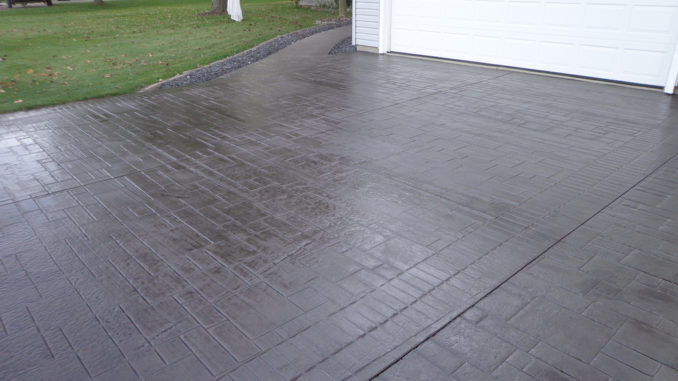
Coloured concrete is as simple to use as typical concrete, and it can be coloured to match existing work. It is a material that will facilitate your home to melt into the surroundings or make your home stand out from other properties by its colours and designs that you can select with the appropriate mould.
How to colour concrete
Depending on your design, what you are hoping to achieve and what surface you are working on you can choose the easiest method – sweep over with dry pigment, but the concrete will be easily chipped and the dye is less durable.
5 components to choose
For best results, let us consider these five methods – Acid Stain, Water-Based Stain, Concrete Dye, Integral Color, and Dry-Shake Color Hardener.
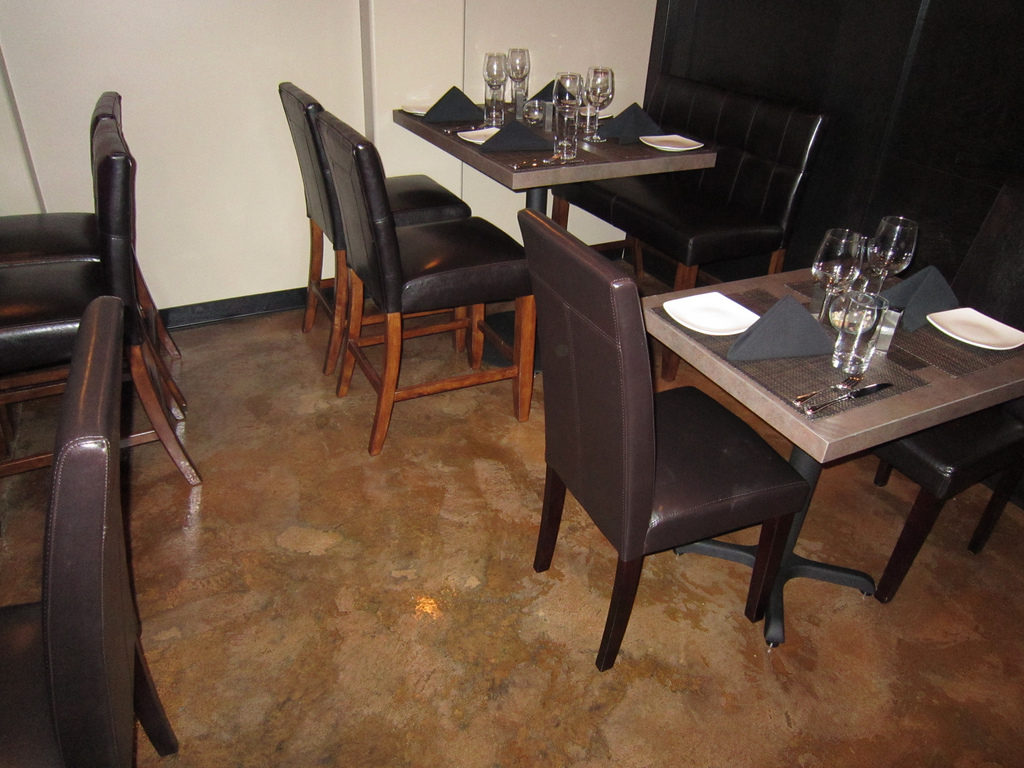
Acid Stain
It is limited to earth tones and soft blue-greens. This method can be applied to new or existing concrete and can further be applied to cement-based overlays. However, it does not provide ease of application and cleanup. After application, the surface must be scrubbed to remove stain residue and to neutralize the acid. You will require a low-pressure sprayer or brushes and sponges for detailed work. Note that all tools must be acid-resistant, with no metal components. The acid stain has excellent UV stability and wear resistance as it penetrates the concrete surface. As a matter of caution, you will have to wear gloves, boots, eye protection, and a face mask to prevent inhalation of corrosive components.

Water-Based Stain
This method provides unlimited colours to create custom hues. Similar to acid stain, it can be applied to new or existing concrete and it can be applied to cement-based overlays. It provides ease of application and cleanup as no neutralization or rinsing is required whilst the application tools can be cleaned with soap and water. You will need a low-pressure sprayer, roller, brush, and sponge to apply the water-based stain. As it penetrates the concrete surface similar to acid stain, it also has excellent UV stability and wear resistance. Water-based stain content is safe to apply without concern for odours or toxic smoke.
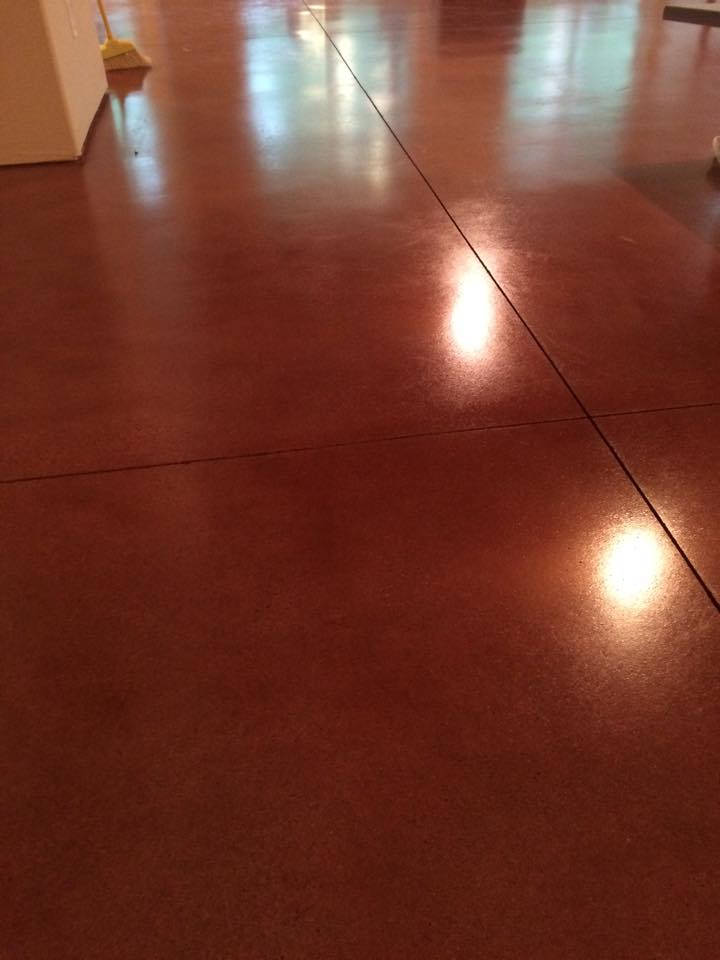
Concrete Dye
Colours can be mixed or diluted and you can choose nearly any colour of your choice. This method can be applied to new or existing concrete and it can be applied to cement-based overlays. It is easy to apply and clean up. In fact, there is no need to clean the slab after application as the dye particles are extremely fine and absorbed into the surface. You will need a low-pressure sprayer, roller, brush, and sponge. Caution here, as solvent-based dyes are flammable and can produce hazardous vapours. Gloves, boots, eye protection, and a face mask are highly advisable.
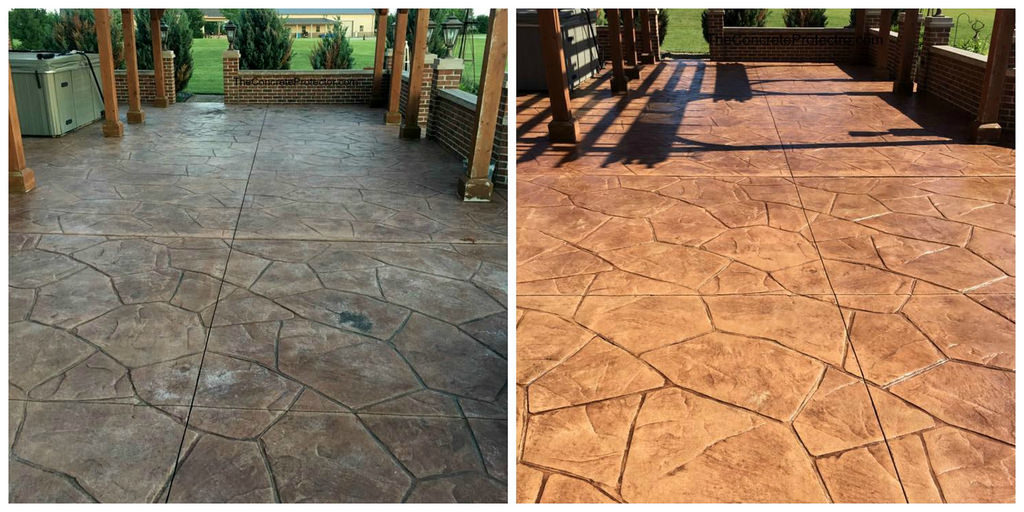
Integral Colour
Integral colour is limited to pastel shades and earth tones. This method can be used indoors and outdoors and can be applied to new concrete only. It cannot be applied to cement-based overlays because it will be applied to new concrete only. The application is easy and you may choose between a low-pressure sprayer, roller, brush, and sponge. The colour will not wear away as it goes well through the entire slab. The usual precaution should be taken by wearing gloves, boots, eye protection, and a face mask.
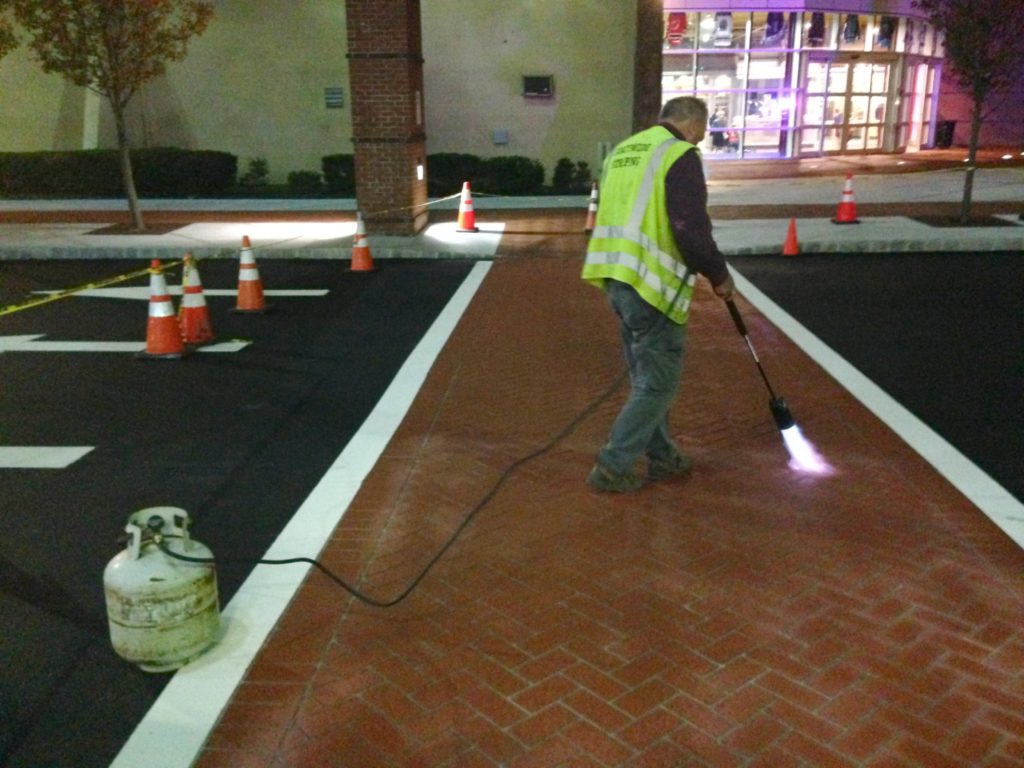
Dry-Shake Color Hardener
Dry-shake colour hardener comes in a wider array of hues than integral colour. However, the tones are more restricted than dyes or water-based stains. It does well both indoor and outdoor and should be applied to new concrete only. This method can be applied to cement-based overlays. The challenging part here is its difficulty of application and cleanup. It must be hand broadcast and can be labour-intensive and messy to work with. Among the usual tools mentioned above, you will also need a full float to work the hardener into the surface. This material improves the strength and density of the concrete surface and resists UV without any problem. On a precautionary note, the airborne powder can be harmful to breathe. So, do not forget your face mask when working with this product.
Coloured concrete is becoming fashionable as a material for flooring, furniture, and surfaces for home greatly because of its affordability and easiness to be moulded. It is possible to create colourful concrete masterpieces in your home, garden or workplace.
Hope the above 5 components help you make your choice for your home decor. Remember to share your experience in the comments below.

Leave a Reply